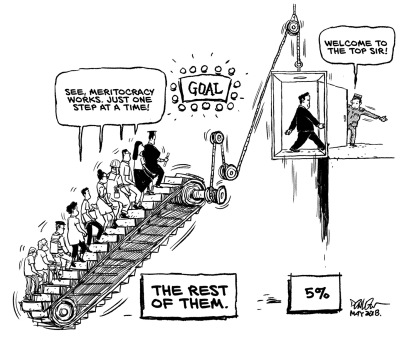You May Find This Disconcerting
Organisational psychotherapists have an unusual approach to helping people that some might find quite disconcerting. When advising on jobs, relationships, or life decisions, we don’t just take requests at face value. Instead, we dig deeper using the Antimatter Principle.
The goal is to aid people in surfacing the hidden motivations underlying what people say they need. We often ask “Why?” to expose emotional needs and deeper values driving behaviour. And admittedly this persistent probing makes many uncomfortable, at least initially.
We find ourselves constantly asking “Why?” Not just once, but repetitively, until our clients get to the heart of the matter. We’re looking for folks to understand their underlying motivations – the fundamental emotional, psychological or values-based drivers behind their stated wants and requests.
For example, say someone asks for advice on finding a new job with better pay. We could just look at open positions and salaries, making recommendations based on those factors.
But instead, we might ask “Why?” in an attempt to surface their assumptyions and beliefs, and to help them uncover their motivations.
Perhaps they want higher pay because they feel unappreciated in their work. Maybe it’s about financing kids’ education. Or it could be dreaming of a new house. There may even be a desire to boost self-esteem or a sense of self-worth tied to income level.
These motivations are powerful drivers of the stated need. Ttruly helping people requires understanding those underlying emotional needs and values behind the surface-level request.
So we might continue asking “Why?” until their motivation reveals itself to them. With that understanding, we’re able to reflect on jobs or other solutions that may work far better than just chasing higher pay. We uncover approaches that align with their deepest needs, not just the transactional request.
Clearly, repetitively asking “Why?” in attempts to unearth hidden motivations is an unusual approach. And yes, some may understandably find this probing style uncomfortable or disconcerting at first. (Clean Language can help)
But time and again I’ve seen the aha moments this approach delivers as people’s motivations come to the surface. And it’s helped friends, family and clients find outcomes better tailored to their previously unstated and unconcious needs.
That ability to uncover and serve people’s underlying emotional drivers we call the Antimatter Principle. These hidden motivations power much of human behavior. Bringing them to the surface releases energy capable of transforming outcomes in positive ways.
So if in working with an organisational psychotherapist you ever feel we’re responding oddly or asking too many follow-up “Why’s,” this principle likely explains it. We simply believe that to truly help people, we must do the work of supporting the discovery of their deeper motivations and needs.




